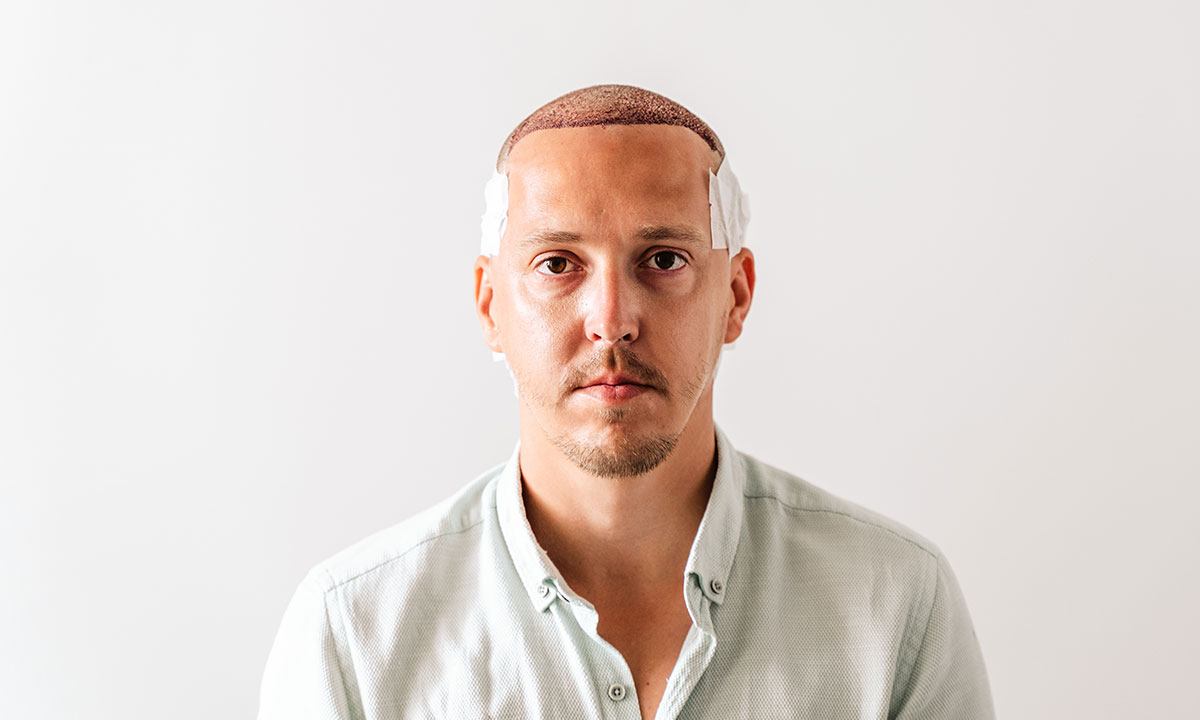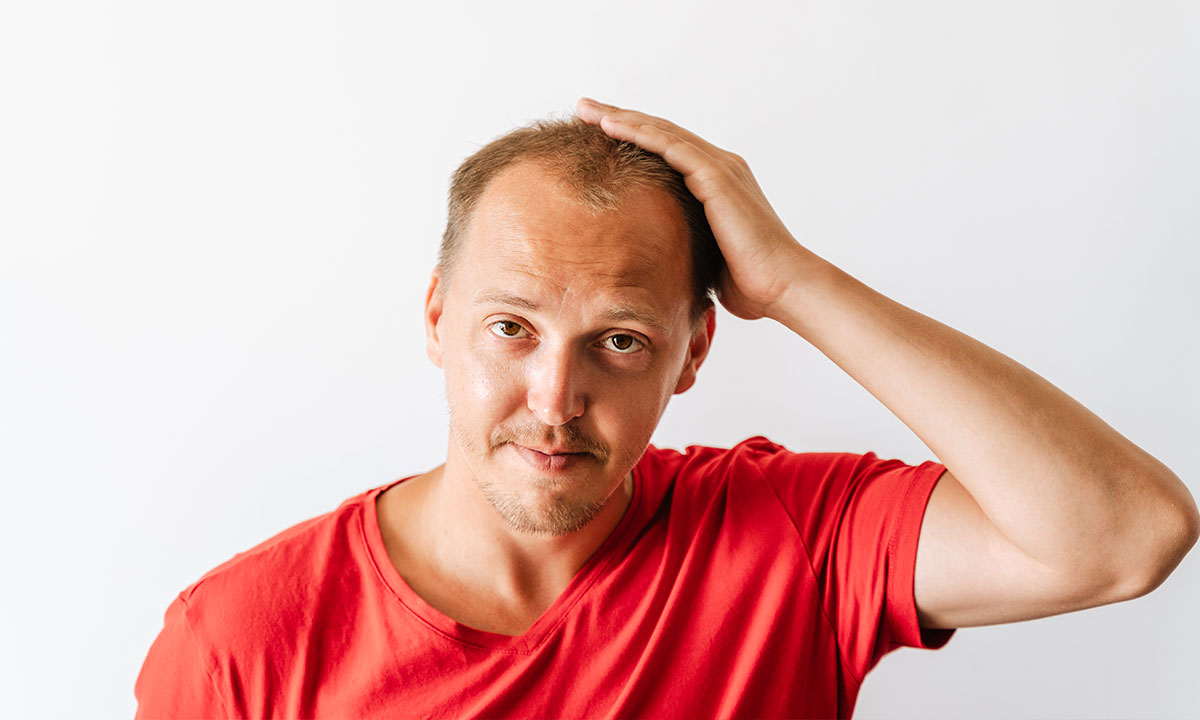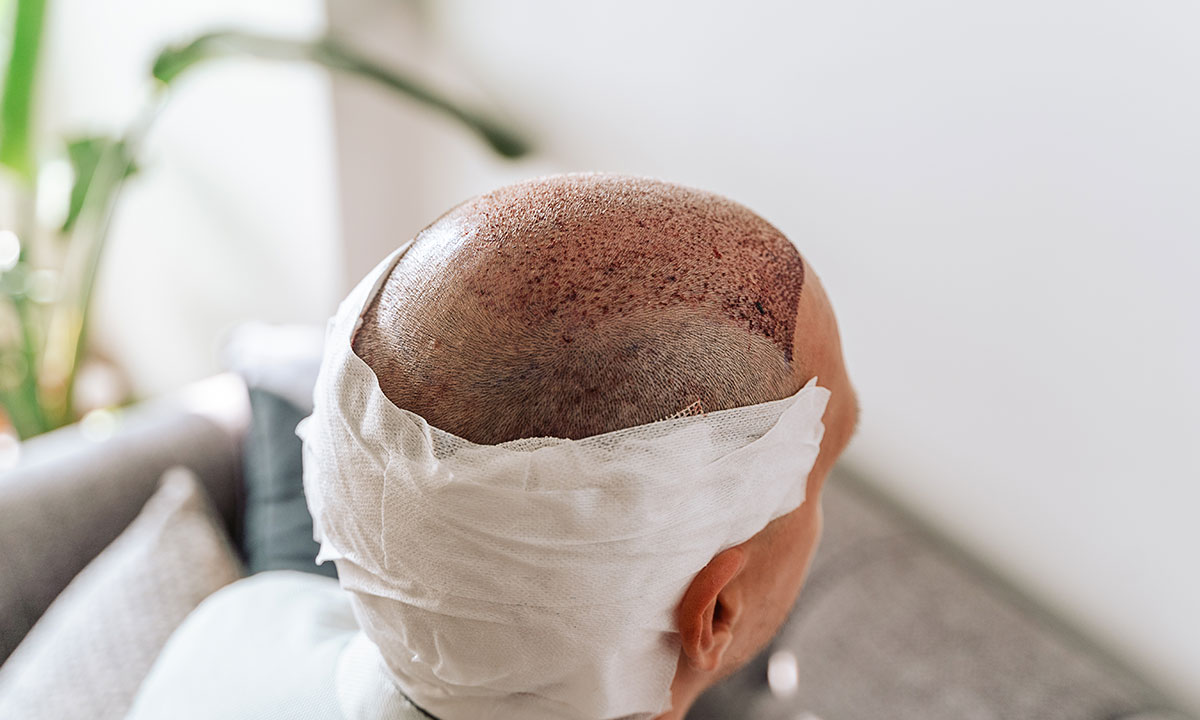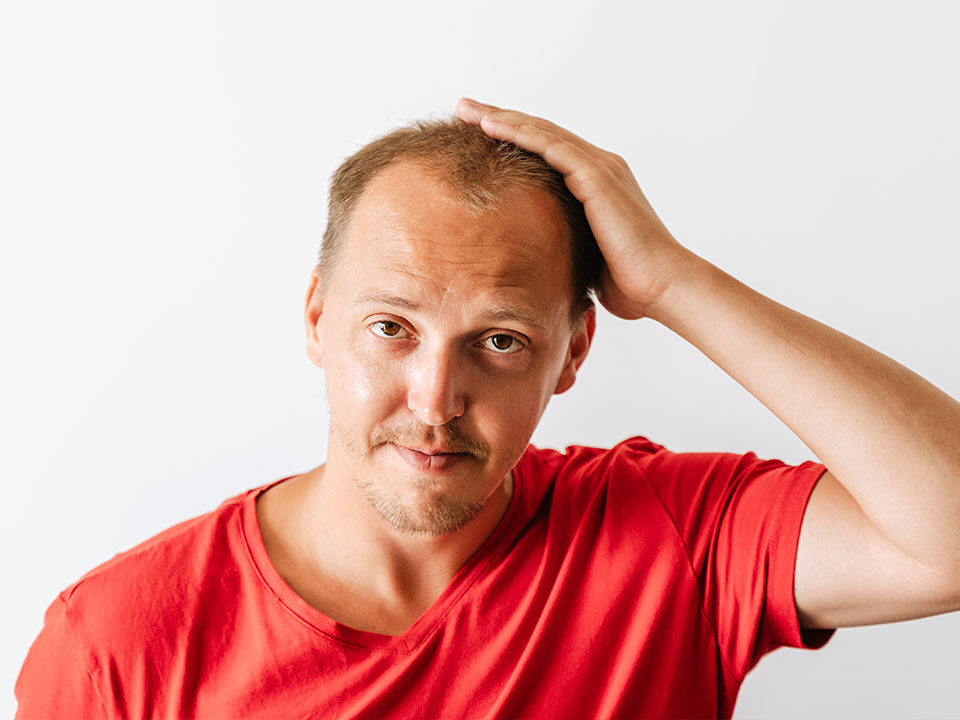
How do you know if you are a good candidate for hair transplant?
April 15, 2023
How Do You Know If Your Hair Health Is In Danger?
April 15, 2023
Hair Transplantation After Care Calendar
Hair transplant operations, where science, art and experience are blended, require maximum precision and care. The post-operative care process is as important as the application phase. It takes two to three months for the transplanted hair to start growing; Observation of the final results can take up to a year. Both results and recovery times may differ from patient to patient. In order to survive the healing process comfortably and to optimize the results of hair transplantation, it is necessary to strictly follow the care instructions after hair transplantation surgery. Here is the day-to-day care calendar for you after hair transplantation.
1 – 4 Days After Hair Transplant
Taking the first few days after the surgery to rest is important in terms of accelerating the healing and recovery process. For this reason, it will be beneficial to spend the first 4 days resting. In the meantime, attention should be paid to the sleeping position and the operation area should be protected against friction. To accelerate the healing of the roots, to prevent the risk of infection and crusting, the scalp will need to be sprayed with saline. The first wash is performed by the doctor on the 3rd day. Subsequent washes should be done as prescribed by the doctor and with the recommended shampoo.
5 – 9 Days After Hair Transplant
The scalp will begin to heal during these days. Complaints such as pain and swelling often begin to subside. During hair washing, shampoo should not be used too intensely, and the scalp should not be rubbed with hard movements. At this stage, it is necessary to focus on the gentle cleansing of the crusts.
3 – 6 Months After Hair Transplant
The transplanted hair will start to grow after 2 to 3 months. As I mentioned at the beginning of the article, the healing process can be different for everyone. 3rd and 6th month doctor checks are very important. However, if an unusual situation is noticed, the hair transplant specialist or the doctor should be contacted without waiting for the control appointments.
10th Month After Hair Transplant
It is precisely from this period that it begins to be felt that the lost hair is regained. Since each follicle starts to grow at different times, an irregularity may be felt in the hair. At this stage, a haircut is required in order to bring all the hair to an equal length.
12th Month After Hair Transplant
In order to evaluate the general results after hair transplantation, a 1-year period must be completed. At this stage, the hairline and hair growth are controlled and a definite opinion about the success of hair transplantation is formed. It is clear in the 12th month that the final results are obtained , whether the hair transplant is faulty or not , whether a revision hair transplant will be needed with a second hair transplant. Despite the absence of a surgical error and the perfection of hair transplantation planning, the inability to achieve the desired results may be due to inadequate care.
Beware of These After Hair Transplantation!
- The use of accessories such as hats, scarves, and bandanas can both cause delayed healing of the surgical area and prevent the hair from growing properly. Therefore, tight hats and similar accessories should be avoided until full recovery is achieved.
- During washing, care should be taken not to pressurize the water.
- Hair dryer can damage hair follicles. For this reason, it should not be used.
- After washing, the head area should not be rubbed with a towel.
- Heavy lifting should be avoided for the first 4 weeks after surgery.
- For the first 6 weeks, activities that require physical effort and cause sweating should be avoided.
How Often Should Hair Be Washed After Hair Transplantation?
The first wash after hair transplantation can be done on the 3rd or 4th day. After the first wash, the hair should be washed at least 2 times a day for two weeks. Washing frequency can be increased to relax and refresh the scalp. Washing should be carried out as indicated by the hair transplant specialist and with the recommended medical shampoo; Attention should be paid to the temperature and pressure of the water and the amount of shampoo used.




